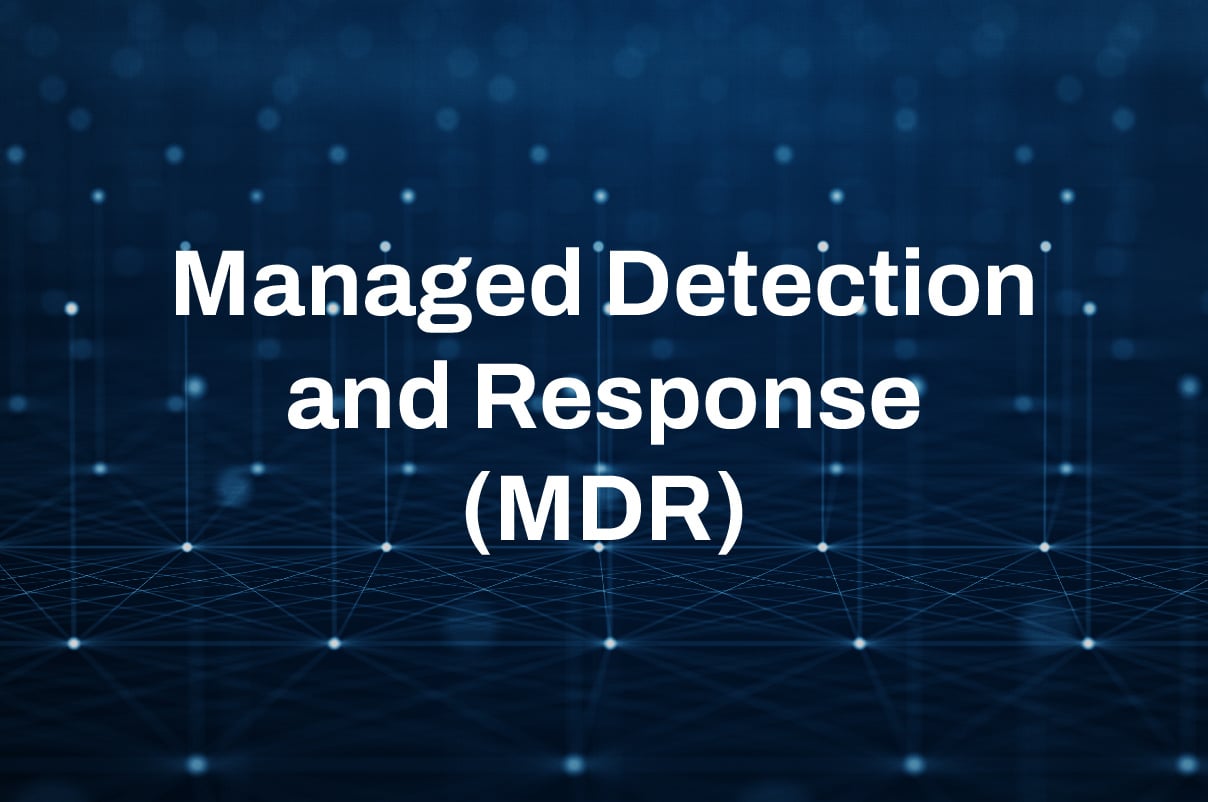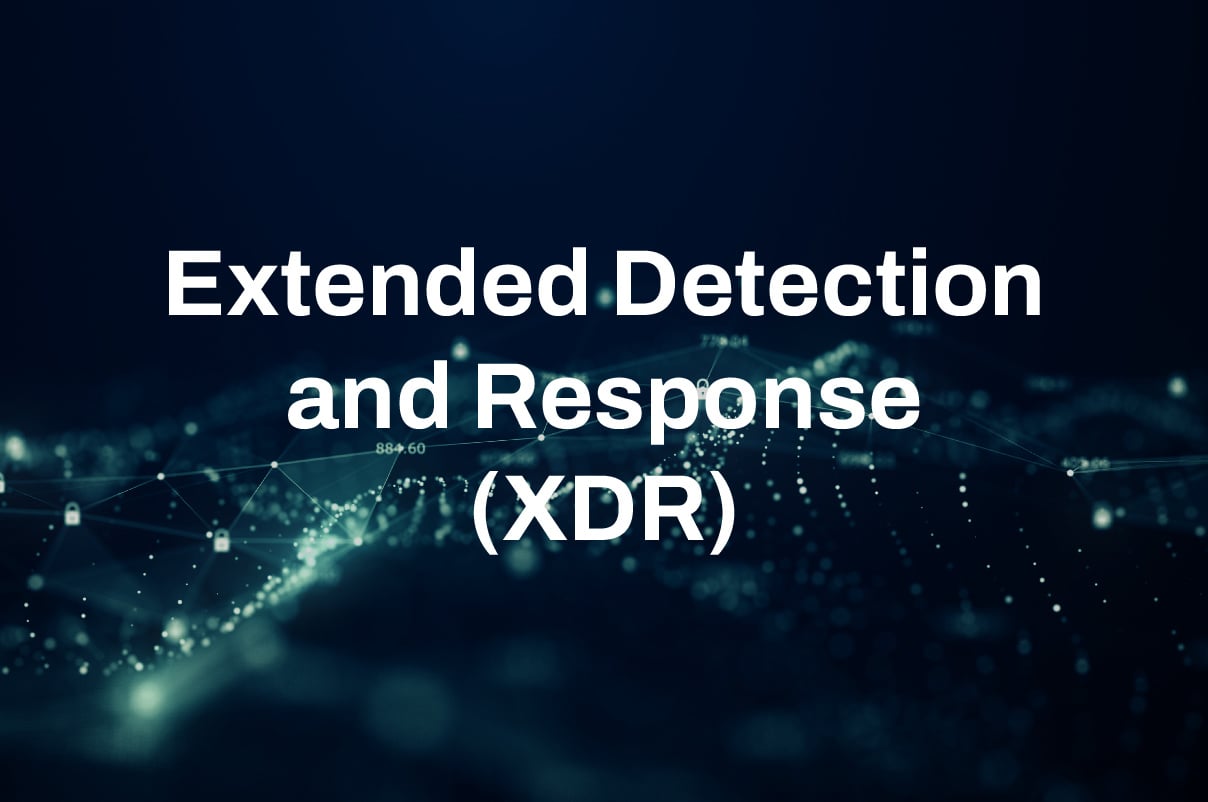Solutions
- Firewall Design
- Firewall Configuration
- Firewall Management
- Network Access Control
- C2C (Comply to Connect)
- SASE (Secure Access Service Edge)
- SSE (Security Service Edge)
- Zero Trust Architecture
- AI Security Architecture
- SSO – Single Sign On
- MFA – Multifactor Authentication
- PAM – Privilege Access Management
- IGA – Identity Governance & Administration
- v/CISO Services
- Security Awareness Training
- Security Documentation
- Policy & Process Development
- Policy/procedure auditing/review
- Risk Management Services
- Compliance Support (NIST, ISO, CMMC)
- Security Governance
Future Ready Attack Protection Through Cybersecurity-as-a-Service

Managed Detection and Response (MDR) Security Services provide organizations with a proactive threat detection, continuous monitoring, and rapid incident response capability. MDR services combines advanced security analytics, threat intelligence, and expert-led investigations to identify and mitigate cyber threats.
Scope: Endpoint & SIEM
- 24/7/365 Threat Monitoring
- Handler On Duty Support (HOD)
- Threat Detection
- Threat Hunting
- Threat Response
- Threat Intelligence
- Threat Containment

Extended Detection and Response (XDR) Security Services provide holistic threat detection, investigation, and response by integrating security data across multiple layers such as endpoints, networks and cloud, XDR correlates and analyzes data from various sources to provide a centralized view of threats to improving the overall response time and accuracy.
Scope: Endpoint, SIEM, Network & Cloud
- 24/7/365 Threat Monitoring
- Handler On Duty Support (HOD)
- Threat Detection
- Threat Hunting
- Threat Response
- Threat Intelligence
- Threat Containment
- Incident Response
- DNS Security - DNS Policing

Virtual Security Operations Center (vSOC) Services provide 24/7 cybersecurity monitoring, threat detection, and incident response through a remote, cloud-based security operations center. vSOC solutions offer the benefits of a traditional SOC without the need for in-house infrastructure or personnel, making them a cost-effective option for organizations of all sizes.
Scope: Customizable
- 24/7/365 Threat Monitoring
- Handler On Duty Support (HOD)
- Threat Detection
- Threat Hunting
- Threat Response
- Threat Intelligence
- Threat Containment
- Incident Response Retainer
- Vulnerability Management
- Penetration Testing
- Tabletop Exercises (TTX)
- Regulatory Compliance Support
Ready to Go with the Bow?
Get in touch with our team to learn more about how we can work to bring your IT innovation together